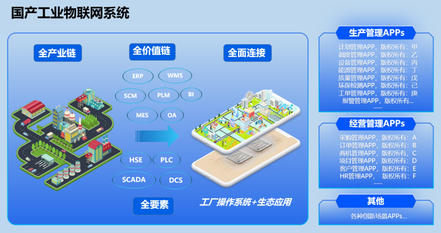
Automation
Connectivity 4.0 that helps your company produce more at the lowest cost, ensuring Competitiveness, Quality and Safety for your company.
CLICK ON THE MANUFACTURES OF THIS DISCIPLINES AND SEE THE PRODUCTS

GO TO TOP

Infrastructure
A modern, efficient and secure Infrastructure ensures competitiveness for your company. With a vast portfolio of Solutions, the Ladder has worldwide partners that bring TECHNOLOGY and CONNECTIVITY to your company.
CLICK ON THE MANUFACTURES OF THIS DISCIPLINES AND SEE THE PRODUCTS

GO TO TOP

Energy And Lighting
With the high cost of electricity, consumers need to create energy efficiency plans. The LED (Light Emitting Diode) technology allied with a lighting automation are large allied, not only for the high luminous and energy efficiency, but also for the potential growth that is expected of this technology.

GO TO TOP

Installation
Optimize performance, aiming for maximum efficiency
We offer the customer a wide choice "on the casing" of the electrical panel, which goes from stainless steel to painted iron, components that can be purchased in all the standard sizes used by the various manufacturers; at the customer's request we also realize structures with special sizes and RAL. The range of products that can be purchased also includes tools, cables and channels of different types and sizes, and protection systems for all work environments.

GO TO TOP





























